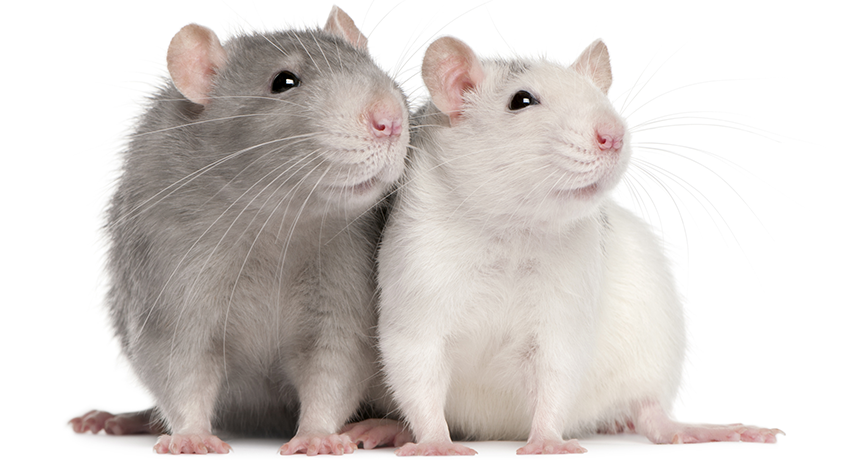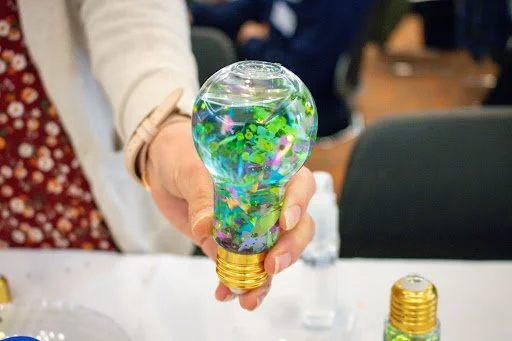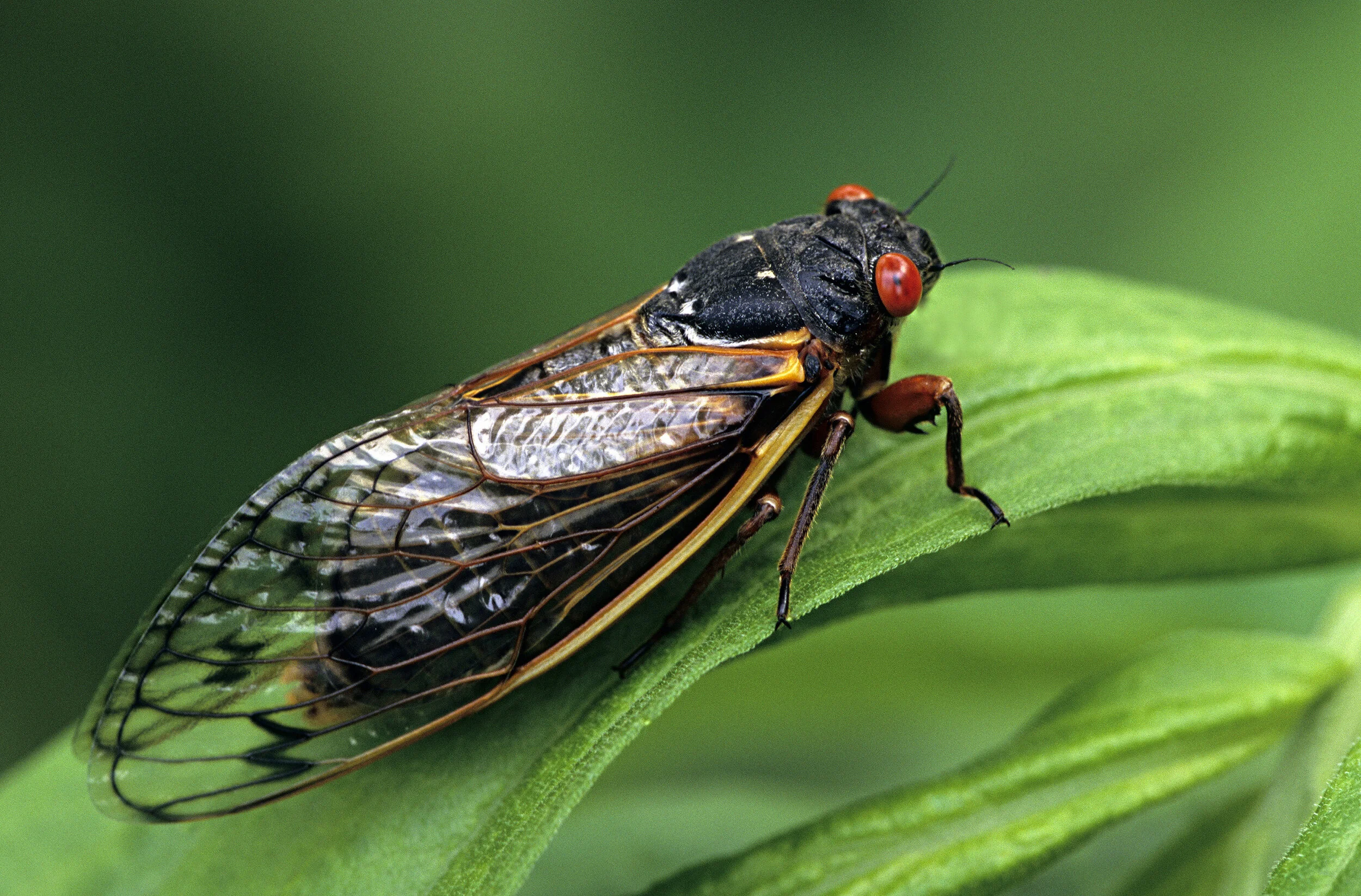Rat Tickling
Photo of two adolescent rats sitting next to each other.
Source: https://www.sciencenewsforstudents.org/article/immune-system-has-say-how-hard-teen-rats-play
Laboratory animals allow researchers to study new treatments for all kinds of human diseases. In animal research, rats are housed in pairs or groups of three whenever possible. This keeps them from getting lonely or depressed by giving them a cagemate to play with. Rats are social animals and will spend a lot of time playing with other rats. Rat play is called rough-and-tumble play because it looks a little like wrestling. A pair of rats will play-fight with each other until one of the rats pins the other. Then the match starts over, and they begin wrestling again!
Video of rats playing with each other from the Gaskill lab.
In order to make sure laboratory rats don’t get too stressed out, Dr. Jaak Panksepp and Dr. Jeffrey Burgdorf developed a rat handling technique— rat tickling! They wanted to see if the human hand could tickle rats in a way that would mimic rough-and-tumble play and be rewarding to the rats. Turns out, it could! By measuring brain activity and behavior of the tickled rat (see below) researchers have concluded that the tickled rat views the researcher’s hand as a sort of ‘play partner’.
This technique has three steps:
step one is to tickle the rat’s neck with two fingers,
step two is to gently hold the rat under the front legs and flip them over,
and step three is to tickle the chest while gently pinning them to the floor.
Photo showing the three steps of rat tickling. First, the researcher places two fingers on the back of the rat’s neck. Next, the researcher picks up the rat under their front legs and flips them onto their back. The researcher then tickles the rat’s chest and gently holds, or pins, them to the ground while doing so.
Source: Gaskill Lab https://ag.purdue.edu/ansc/gaskill/resources/
Even though this technique was created over 20 years ago, it has only started to become more widely used in animal experiments during recent years. This is thanks to Dr. Brianna Gaskill and her lab at Purdue University. The Gaskill Lab works hard to educate scientists and other people on laboratory animal welfare. Her lab is dedicated to teaching people how to care for animals in captivity so they can have the best lives possible. They even provide a free training program on rat tickling! Even you can get a Lab Rat Tickling Certificate!
What Happens in the Brain when a Rat is Tickled?
The rat brain has distinct areas that receive sensory (touch) information from different parts of the body (left). The human brain is also divided into sensory areas that receive information from different parts of the body (right). This diagram is called the sensory homunculus.
Sources: (Left) https://warwick.ac.uk/fac/cross_fac/mibtp/pgstudy/phd_opportunities/ neuroscience_behaviour/decoding/. (Right) https://4thwavenow.com/2019/11/30/a-modest-proposal/modest-proposal-homunculus-2/
It turns out that rats are most ticklish on their trunk region. Different parts of the body are represented in specific areas of the brain. This organization allows the brain to quickly determine which part of the body is being touched, since information from each body part is sent to and received in distinct brain regions. Researchers in Berlin have shown that when a rat’s truck region is tickled, the area of the brain that represents the trunk has more neural activity. This is called a neural correlate because it shows how something happening to the body is represented in the brain in real time!
How do we Know Rats like being Tickled?
Now, you might be wondering if other rodents, like mice, also enjoy being tickled. The answer is no! Rats are special in this way.
Rats, like other rodents, vocalize at frequencies too high for our human ears to pick up. Rats will vocalize when they are scared or stressed and when they are socializing or playing with other rats. Through the use of special microphone recorders, researchers know that when rats are socializing they vocalize at higher frequencies — kind of like laughter in humans! But when the rats are afraid or stressed, they vocalize at lower frequencies.
The researchers in Berlin decided to measure rat vocalizations during tickling to see if the rats were afraid of the tickling or if the rats thought of the tickling more like playing with other rats. The scientists found that, during tickling, rats vocalize at high frequencies and even chase the researcher’s hand around to receive more tickles! These higher frequency vocalizations tell us that the rats are having a pleasant experience when being tickled.
The researchers also found that they could make the rats think they were being tickled just by stimulating the brain region that represents the trunk. You can learn more about this study, and see some rat tickling, by watching this video by National Geographic:
National Geographic video about rat tickling.
Why is Rat Tickling Important?
Animal research is necessary for scientists to create new treatments and cures for diseases that affect humans, and even our household pets. It’s a privilege to work with animals in research labs, and scientists and veterinarians work hard to ensure that these animals are treated with respect and are well taken care of. Even so, sometimes lab rats must undergo procedures that are mildly distressing as a part of the experiment, like getting a shot (something most of us hate having to do). Tickling rats before they experience mildly unpleasant events can help lower their stress levels and help them stay relaxed during and after the procedure. This is great because happy rats make for better test subjects and more accurate experimental results! If the animals are constantly distressed, it might affect the results of the study because the distress could affect the way the animal responds to a treatment, for example.
Thanks to people like Dr. Gaskill and her lab we can be assured that lab rats are living their best lives! If you want to get a closer look into the lives of research animals, check out the virtual “Come See our World” Exhibit by Americans for Medical Progress: https://www.comeseeourworld.org/animal-groups/.
Other Resources
Here are links to the resources listed in this article that may help you better understand rat tickling:
Gaskill Lab Website at Purdue University: https://ag.purdue.edu/ansc/gaskill/resources/
Rat Tickling Certificate: http://storage.googleapis.com/ecourses/Rat%20Tickling%20Certification/story_html5.html
National Geographic Video about Rat Tickling: https://www.youtube.com/watch?v=d-84UJpYFRM
“Come See our World” Exhibit by Americans for Medical Progress: https://www.comeseeourworld.org/animal-groups/
References:
Ishiyama, S., & Brecht, M. (2016). Neural correlates of ticklishness in the rat somatosensory cortex. Science (New York, N.Y.), 354(6313), 757–760. https://www.science.org/doi/full/10.1126/science.aah5114
LaFollette MR, O’Haire ME, Cloutier S, Blankenberger WB, Gaskill BN (2017). Rat tickling: A systematic review of applications, outcomes, and moderators. PLOS ONE, 12(4): e0175320. https://journals.plos.org/plosone/article?id=10.1371/journal.pone.0175320
LaFollette, M. (2021). Rat tickling. Gaskill Lab Purdue University. https://ag.purdue.edu/ansc/gaskill/resources/
Pellis, V. & Pellis, S. (2013). Rough and Tumble Play. Scholarpedia, 8(3):30363. Retrieved October 8, 2021. http://www.scholarpedia.org/article/Rough_and_Tumble_Play


































